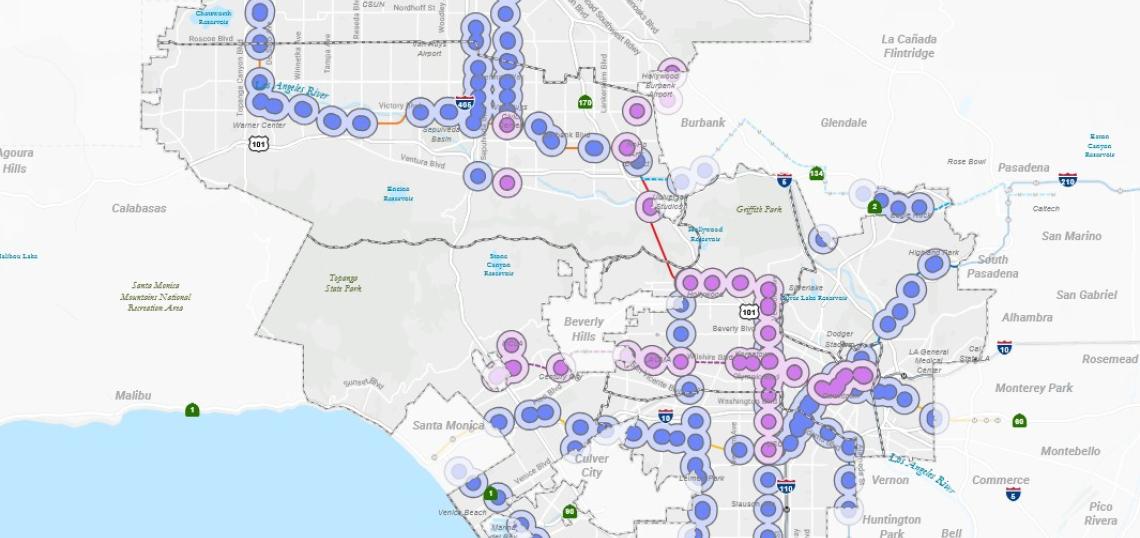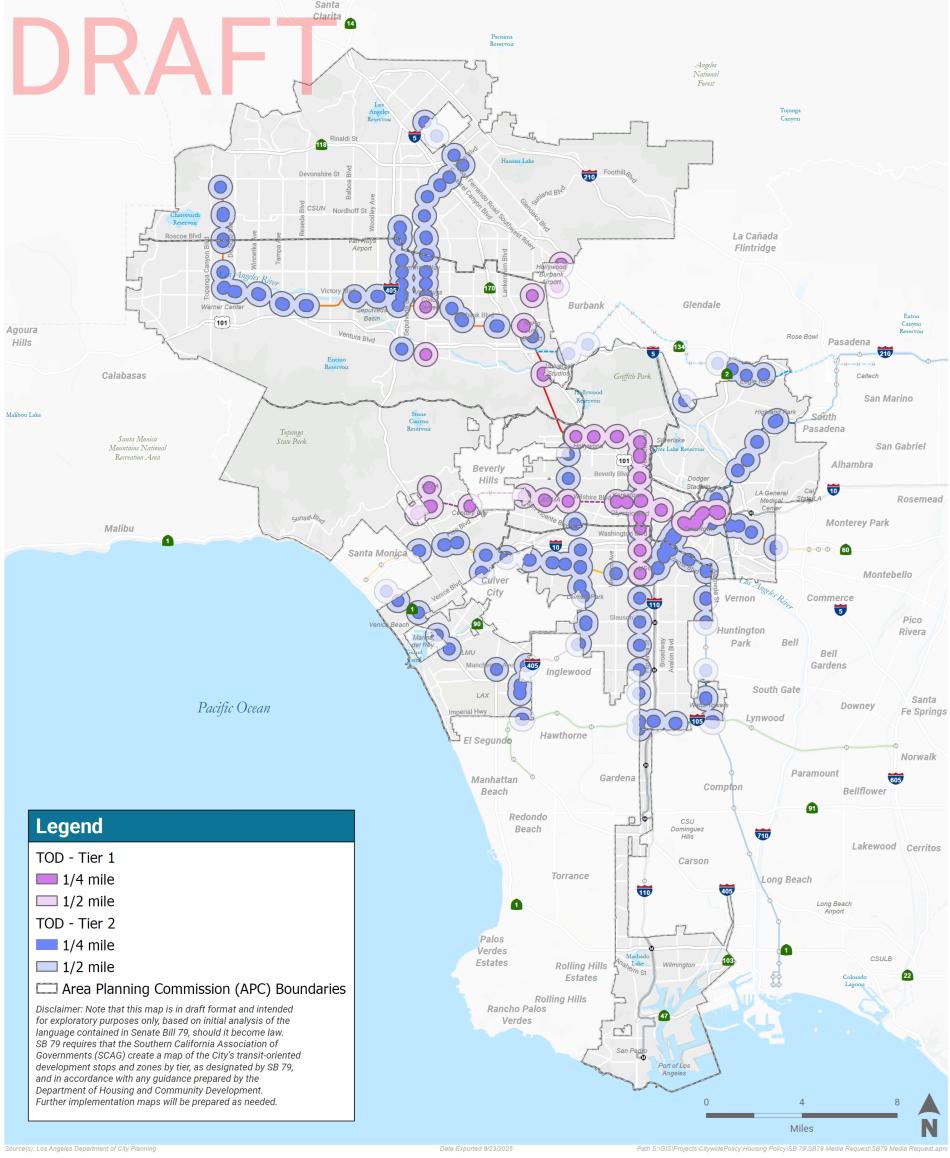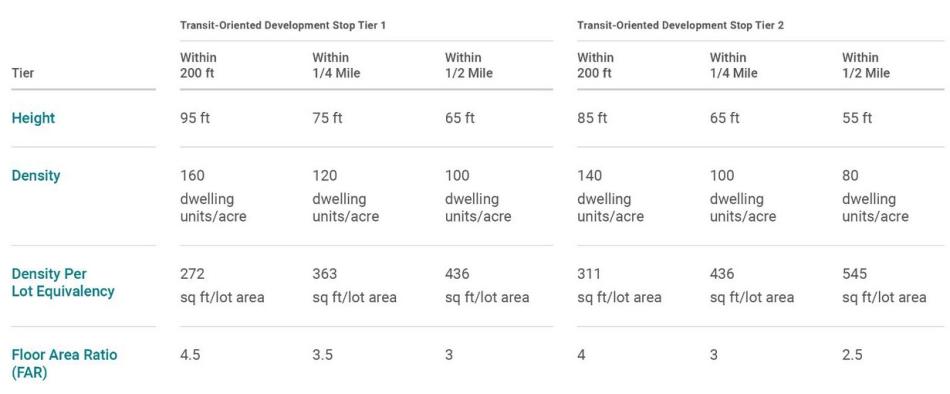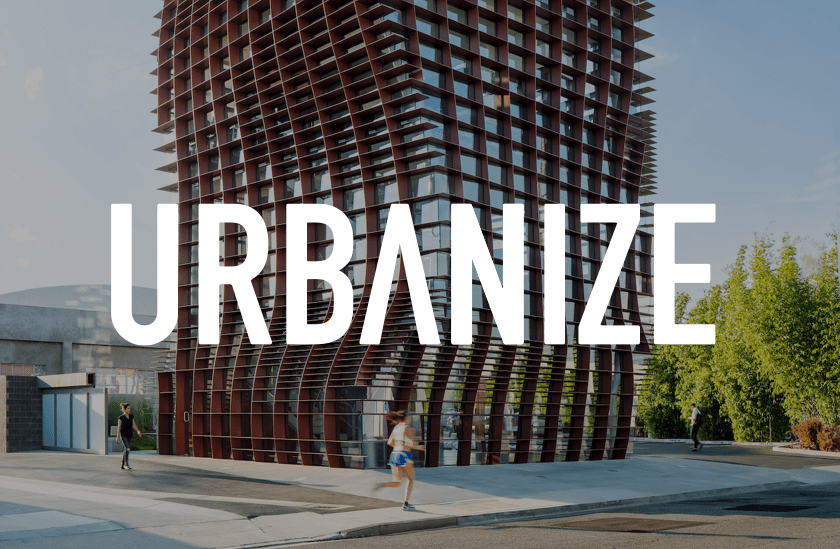Earlier this month, the California state legislature passed SB 79, paving the way for the construction of apartment buildings near fixed-route transit lines - even if disallowed by local zoning rules. Governor Newsom has yet to put his signature on the bill, but a draft map produced by the Planning Department shows off where its impacts may be felt in the City of Los Angeles.
The bill, which would become effective in July 2026, would permit the by-right construction of housing on land zoned for residential and commercial uses on properties located within a quarter-mile or half-mile radius of certain transit stops. Transit stops are organized into two tiers, with Tier 1 stops afforded more generous development rights than Tier 2 stations. Altogether, there are 150 potential stations in the City of Los Angeles where SB 79 may apply. As the below map is a product of the Los Angeles Department of City Planning, it does not capture potential SB 79 areas in neighboring jurisdictions such as Pasadena or Long Beach.
There are 33 potential Tier 1 stations in Los Angeles, consisting of existing and future stops on the B and D Lines and high-frequency commuter rail stations with 72 daily trips.
Planning estimates there are 117 potential Tier 2 stations, consisting of light-rail stops (like the A, C, E, and K Lines), high-frequency commuter rail (including some Metrolink stops), bus rapid transit stations (such as those on the G Line), and bus stops with full-time dedicated lanes and 15-minute headways.
Besides existing stations, planned routes identified by the Southern California Association of Government's regional transportation plan can also qualify for SB 79 bonuses, making future stops on the Sepulveda Transit Line, the Lincoln Boulevard bus rapid transit line, and the East San Fernando Valley Line eligible, among others.
Eligibility for projects within SB 79 areas require any development with more than 10 residential units to set aside either 7 percent of units for extremely low income households, 10 percent of units for very low income households, or 13 percent of units for low-income households.
Depending on proximity to the station, Tier 1 projects are guaranteed heights of between 65 and 95 feet, densities between 100 and 160 units per acre, and floor area rights between 3 and 4.5. For Tier 2 zones, heights range from 55 to 85 feet, densities range from 80 to 14 dwelling units per acre, and floor area rights range from 2.5 to 4. Labor standards apply to projects 85 feet or greater in height.
Governor Newsom has until October 12 to either sign or veto SB 79.
Check out an interactive map here.
Follow us on social media:
Twitter / Facebook / LinkedIn / Threads / Instagram / BlueSky








